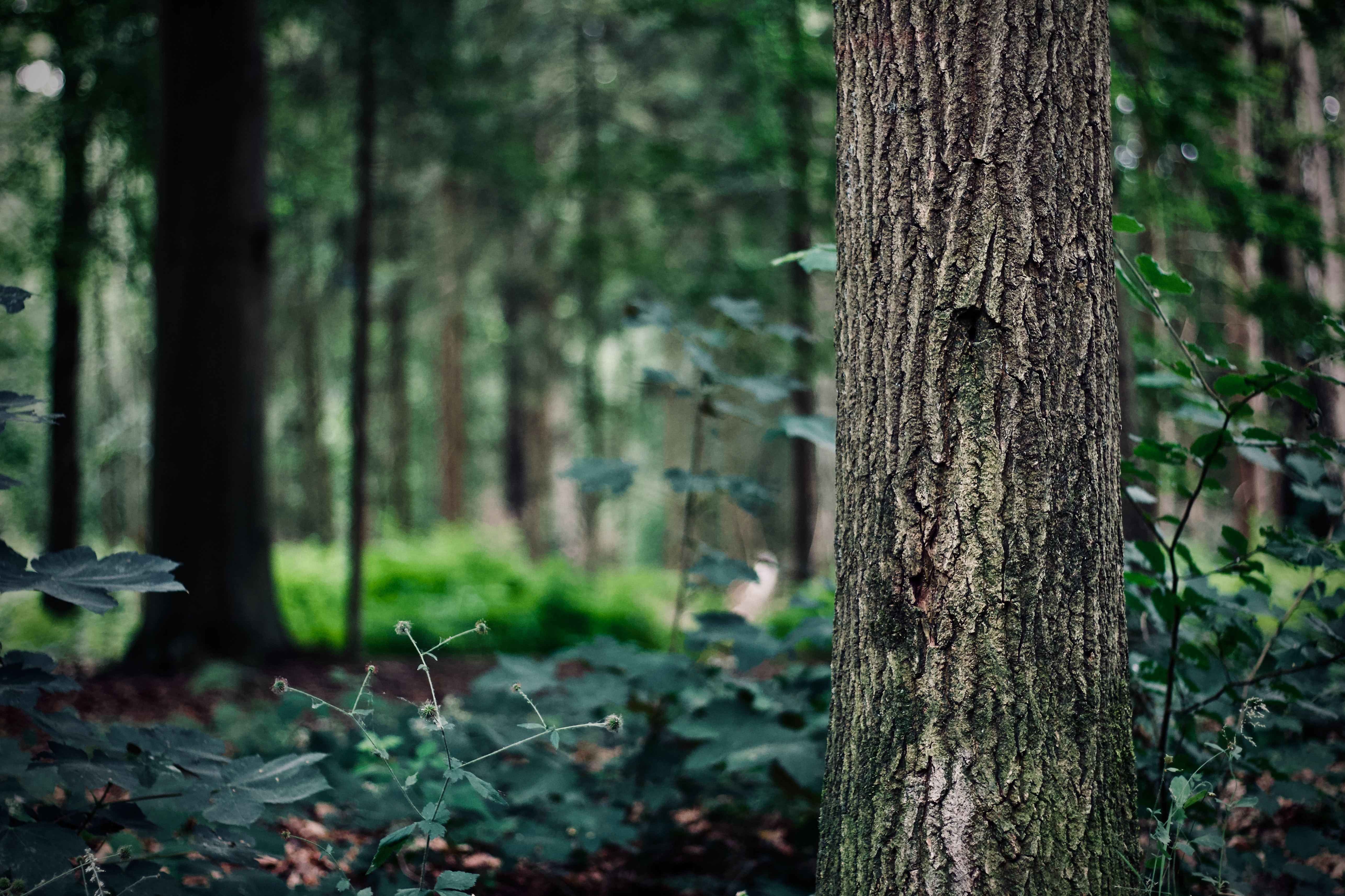Instrumentation: Interactive electronics, wireless camera
Duration: Variable
Premiere: 6/28/03
Bayly Art Museum, University of Virginia, Charlottesville, VA
Program Note:
Judith Shatin’s Tree Music is an interactive sound installation created from recordings of Emilie Brzezinski sculpting tree trunks. Shatin transferred the recordings to a computer and designed an extended family of sounds from which she composed the piece. Some sounds carry the markings of their origin, with rhythms of materials such as chisel, ax, saw broom, and falling wood; others have been transformed far beyond the point of recognition. All of the sounds embody the process of sculpting, transformed into the domain of music. To involve people attending the exhibit directly in the sound installation, Shatin made the work interactive. The members of the audience become dancers, whose movement choreographs elements of the installation.
Tree Music was commissioned by the University of Virginia Art Museum and was installed from June 28 – September 14, 2003. A wireless camera with a wide-angle lens sent image data to a computer which calculated in real-time the amount of occlusion and motion in the room. This data was used to navigate a compositional network of four linked sections. When someone entered the empty room, the first section began. The program chose from a collection of miniature pieces that Shatin created. After the set piece finished, there was a short break and then a second section began in which sonic motives of different density, duration, and sound color were layered in a manner that can be described as controlled improvisation. Next came an interactive segment. Here, the motion of people in the room was used to change elements of the sound, including the pitches, register, or sound color. Once people left the room, the camera continued monitoring occlusion and motion.
While the installation could have remained silent when the room is empty, Shatin decided to play with the question: “If the tree falls in the forest and there is no one there to hear it, does it still make a sound?” To do so she created a collection of “hypermeasures.” These are extended timespans, ranging from 5 to 60 minutes during which extended polyrhythms unfold. The result is that a certain number of beats of one sound play against a different number of beats of another sound. A simple example would be that two beats of one sound happen while three beats of another play, with each equally spaced over the total duration. In Tree Music, these rhythms played out over long durations, creating large-scale rhythms. The software used to create Tree Music was GAIA (Graphical Audio Interface Application), a computer music program created by David Topper, technical director of the Virginia Center for Computer Music. GAIA provided an interface between numerous controller types (eg., graphical objects, cameras, MIDI, voltage, etc…) and an underlying synthesis program (Rtcmix). Both musical and control objects could be linked together in a graphic structure that unfolded according to composer-specified conditions. GAIA broke new ground in that graphical elements could be sliders and buttons or program scripts and the composer could easily work with combinations of both. –JS
(Cover image by Jelleke Vanooteghem on Unsplash)

